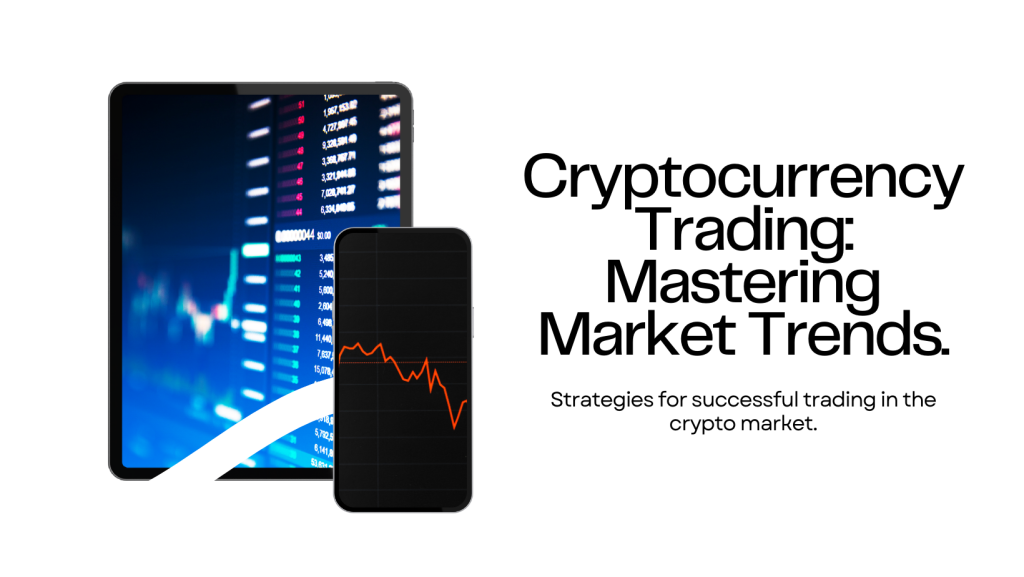Blockchain technology has garnered significant attention in recent years, hailed as a groundbreaking innovation with the potential to revolutionize various industries. However, for many, the concept remains shrouded in mystery. In essence, blockchain is a decentralized, distributed ledger that records transactions across multiple computers in a secure and transparent manner.
At its core, a blockchain consists of a chain of blocks, each containing a list of transactions. These blocks are linked together using cryptographic techniques, forming an immutable record of transaction history. Unlike traditional centralized databases, which are prone to manipulation and fraud, blockchain offers a decentralized approach to data management, ensuring transparency and security.
One of the key features of blockchain technology is its immutability. Once a transaction is recorded on the blockchain, it cannot be altered or deleted without consensus from the network participants. This makes blockchain an ideal solution for applications requiring tamper-proof record-keeping, such as financial transactions, supply chain management, and identity verification.
Moreover, blockchain operates on a peer-to-peer network, eliminating the need for intermediaries such as banks or government agencies to validate transactions. Instead, transactions are verified and confirmed by network nodes through a process known as consensus. This decentralized consensus mechanism ensures the integrity of the blockchain while minimizing the risk of fraud and censorship.
Understanding blockchain technology requires grasping its decentralized nature, cryptographic security, immutability, and consensus mechanisms. As businesses and industries increasingly adopt blockchain solutions, gaining a fundamental understanding of this transformative technology becomes essential for professionals across various fields.

















